And that’s fine — we’ve found the most effective form factor for a smartphone, and it makes sense to stick with it. But, within this metal-and-glass rectangle, there is still plenty of leeway for unique expression. And, few manufacturers make use of it.
Well… fewer and fewer.
For example, Asus and Sony are two major phone builders that stuck to their guns for quite a while.
Sony’s display downgrade
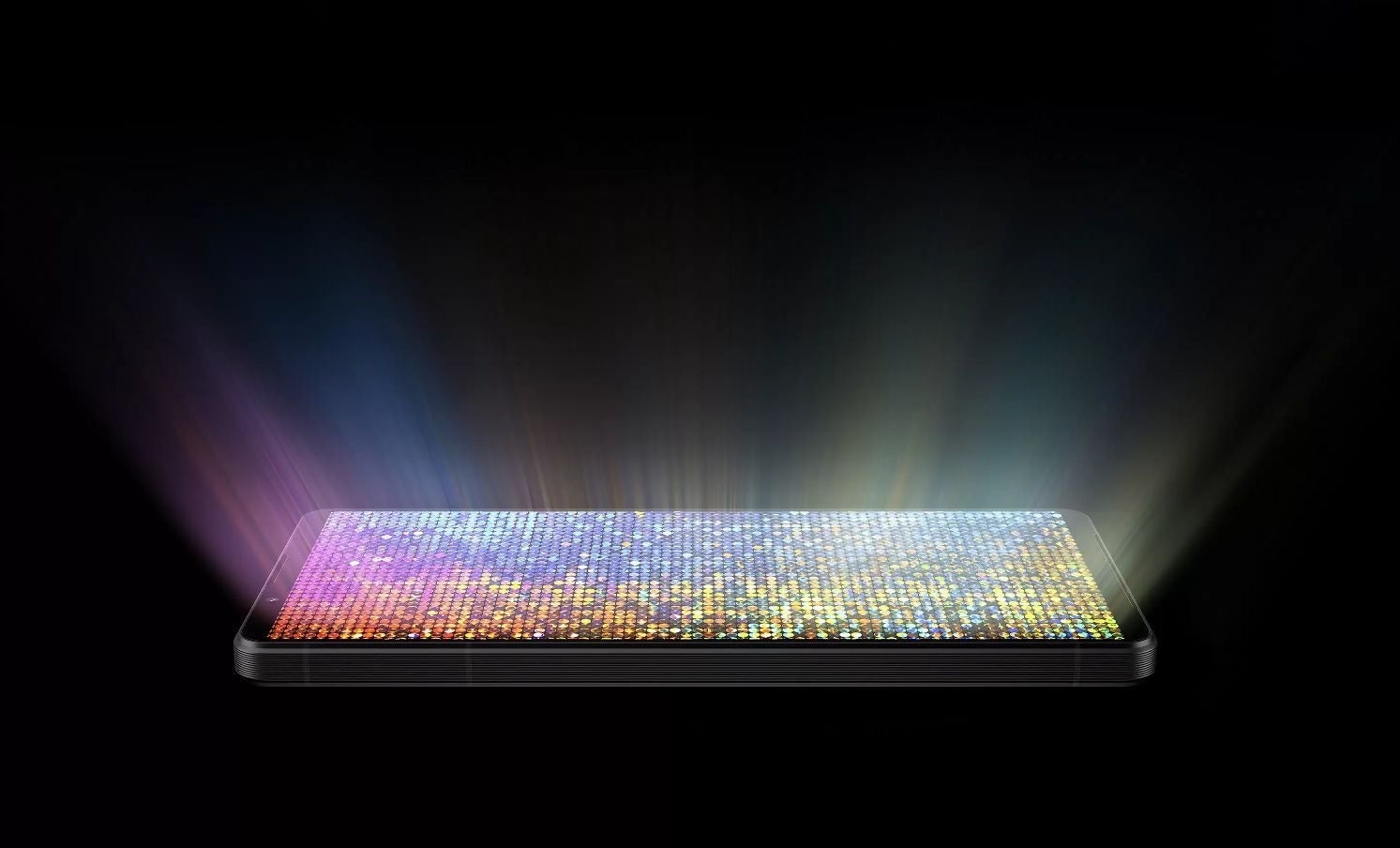
Sony was the first smartphone maker to make these extra-tall “waffle” phones — the Sony Xperia 1 with a 21:9 aspect ratio. That was at the time when the industry was switching to ultra-wide displays, fair enough, but most would go to 19:9 or 19.5:9 at most.
Additionally, Sony’s flagships had 4K screens — a bit of a contentious choice, as many would argue that you don’t need 3840 x 1644 pixels on a small, 6.5-inch screen (that’s a 643 pixels-per-inch density). Sony’s marketing said that the phone provides a full 4K workflow — shoot in 4K with the camera, edit 4K footage on the phone, view in 4K with the screen.
But, hardcore Sony fans loved that, even if it’s just for bragging rights. And, Sony smartphones do seem to put their fans first. Over the next 4 years, there was no change in the formula — Xperia 1 flagships had the rather unusual shape thanks to a 21:9 screen, a 4K resolution every time, and various camera upgrades with custom manual camera apps (up to 3 different apps at one point) on board.
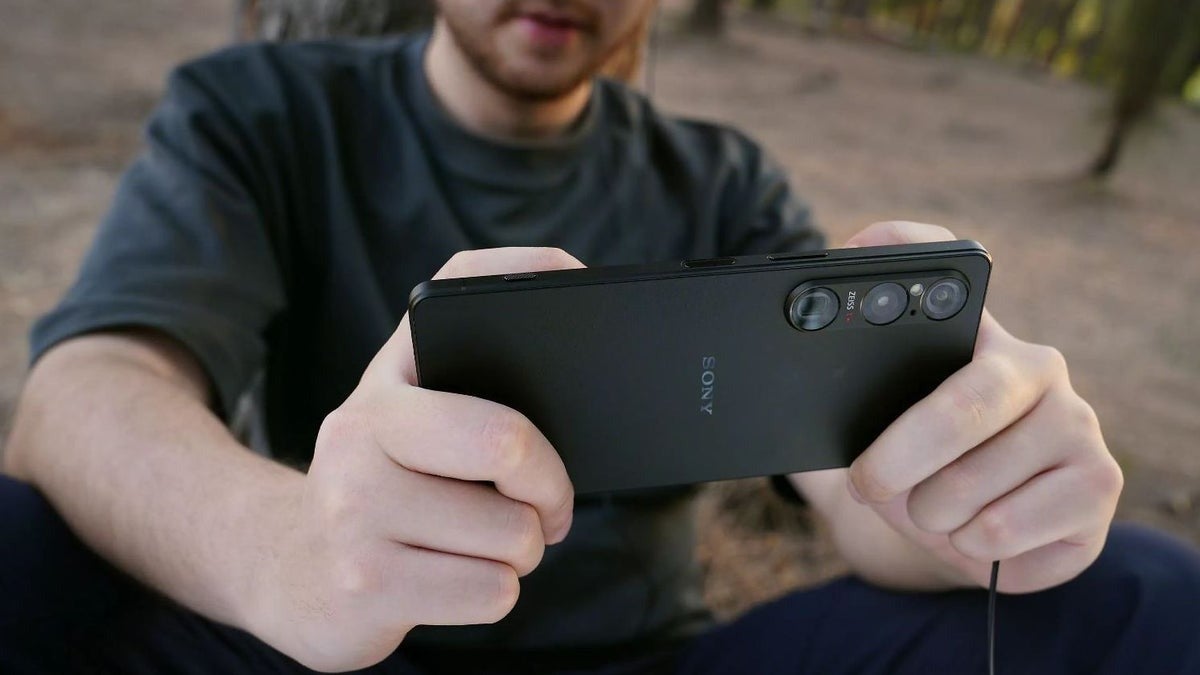

In 2024, the Xperia 1 VI was announced with some shocking changes. For one — the display is shrinking down to an orthodox 19.5:9 aspect ratio — the same shape you will see on modern iPhones and Galaxies. And, secondly, 4K is gone, now downgraded to 1080p.
Further streamlining the use of the phone, you will now find your enhanced camera features in only one app, instead of spread into three, which I kind of think is the right move here.
So, did Sony “sell out”? I don’t think that’s fair to say — the Xperia 1 VI still retains the headphone jack (worth a praise in 2024) and physical camera shutter key. Plus, it’s still utilizing the true optical zoom, where the telephoto camera physically moves for 3.5x-7.1x magnification.
The shape is conforming to the standard, and the resolution is less than other flagships that have QHD screens. Fans feel a bit betrayed, and probably a bit worried about what else is going to change next year.
Asus’ wild swing
Asus, on the other hand, really looks like it threw in the towel. The manufacturer had two unique smartphone lines — the super-stylized gaming ROG phones, and the compact ZenFone.
Let’s kick it off with the gaming ROG beasts — with large screens, over the top specs, and big bezels that serve two purposes — they hold front-firing stereo speakers and they allow you to wrap your hands around and use the gaming triggers it has on the sides.
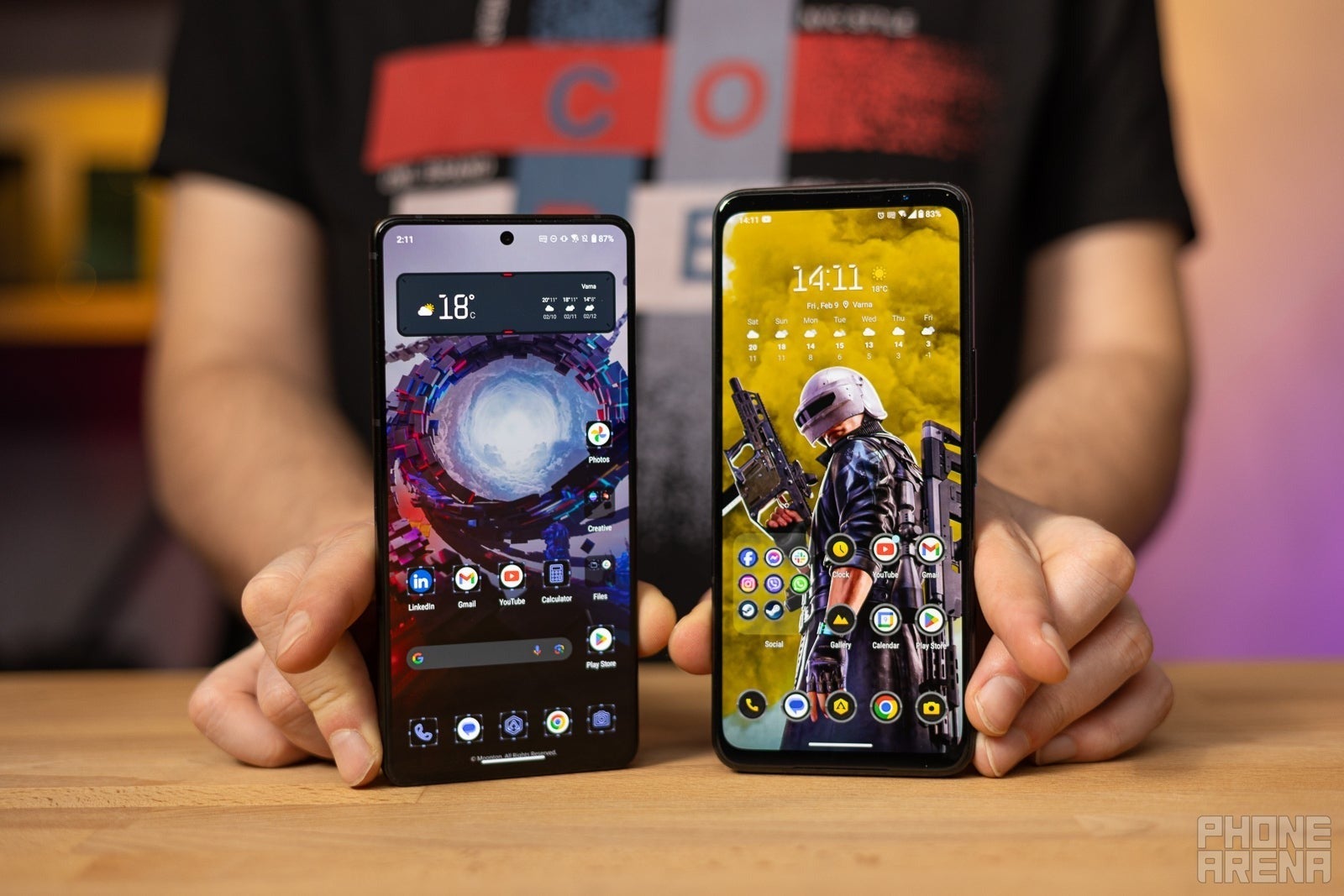

ROG Phone 8 on the left, Mr. Chin and Forehead on the right is ROG Phone 7
In 2024, the ROG Phone 8 came with a uniform thin bezel all around the screen. The stereo speakers are in the format of bottom woofer and earpiece driver — just like pretty much every other flagship out there (save for Xperia). And the ultrasonic gaming triggers are still there, but it’s just harder to hold the phone like a gaming console.
The Aero Active Cooler accessory dropped the subwoofer feature — it was brand-new in last year’s ROG Phone 7, and was awesome. Then, it was erased as quick as that.
It was all over Asus’ marketing that the ROG Phone 8 is trying to break out of its “gaming smartphone” niche and draw in the more “casual” users. Upgrades were added to the camera, now equipped with a physical gimbal for stabilization. Unfortunately, it couldn’t snap images as good as the top-tier flagships out there.
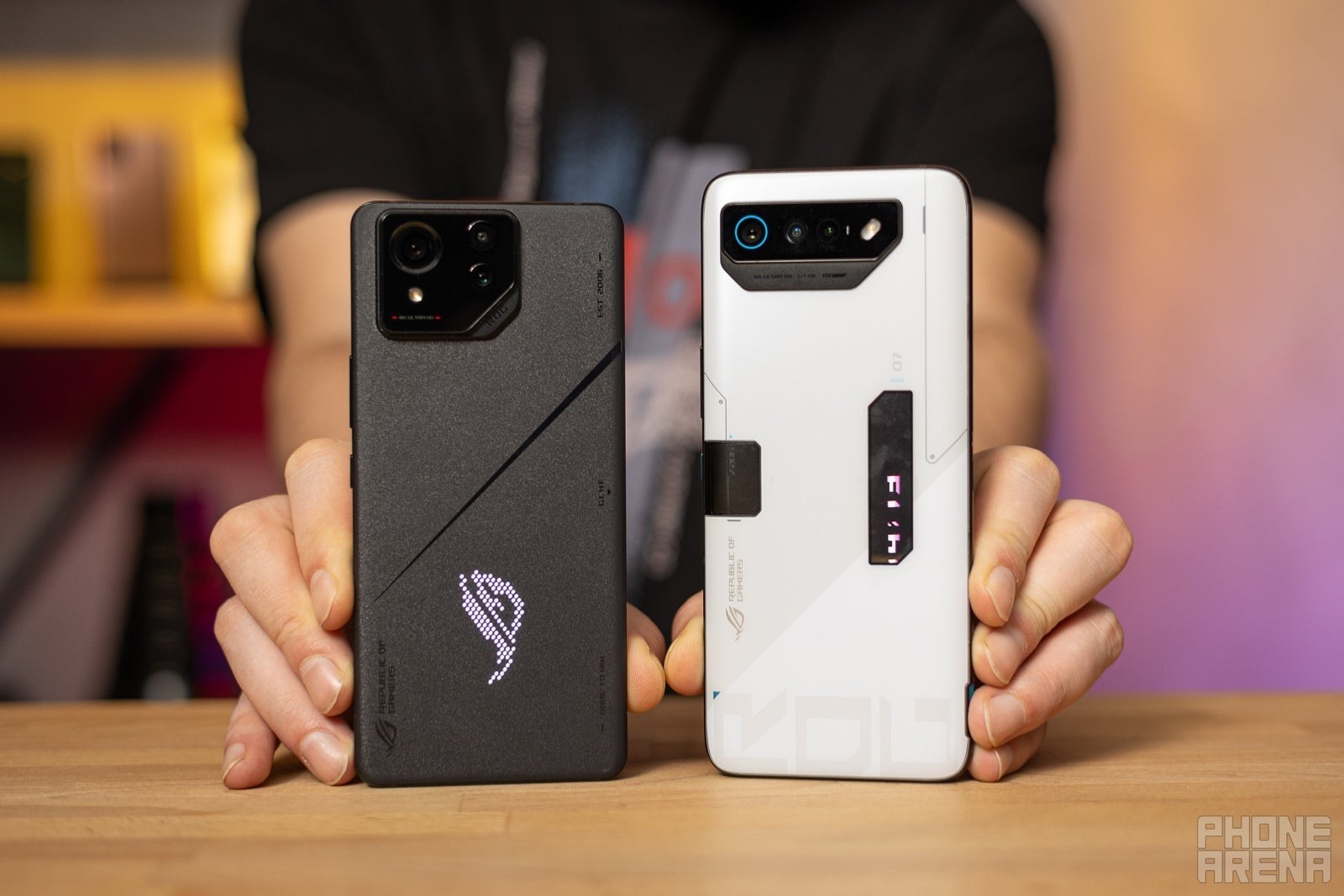

ROG Phone 8 on the left, ROG Phone 7 on the right
So, we got a worse gaming experience, worse speakers, and a camera that doesn’t perform at the level of other flagships — and the ROG Phone 8 is definitely up there in price. Not a good move? Probably — the fans didn’t like it, and we don’t see the ROG Phone 8 pulling in anyone from the mainstream.
But if that was the stab, the ZenFone 11 Ultra was the twist. The past few years, ZenFones were holding strong as the only compact Android flagship you can buy — kind of like the iPhone mini on the Android side. With a 5.9-inch, 20:9 screen, it was easy to use with a single hand, easy to pocket.
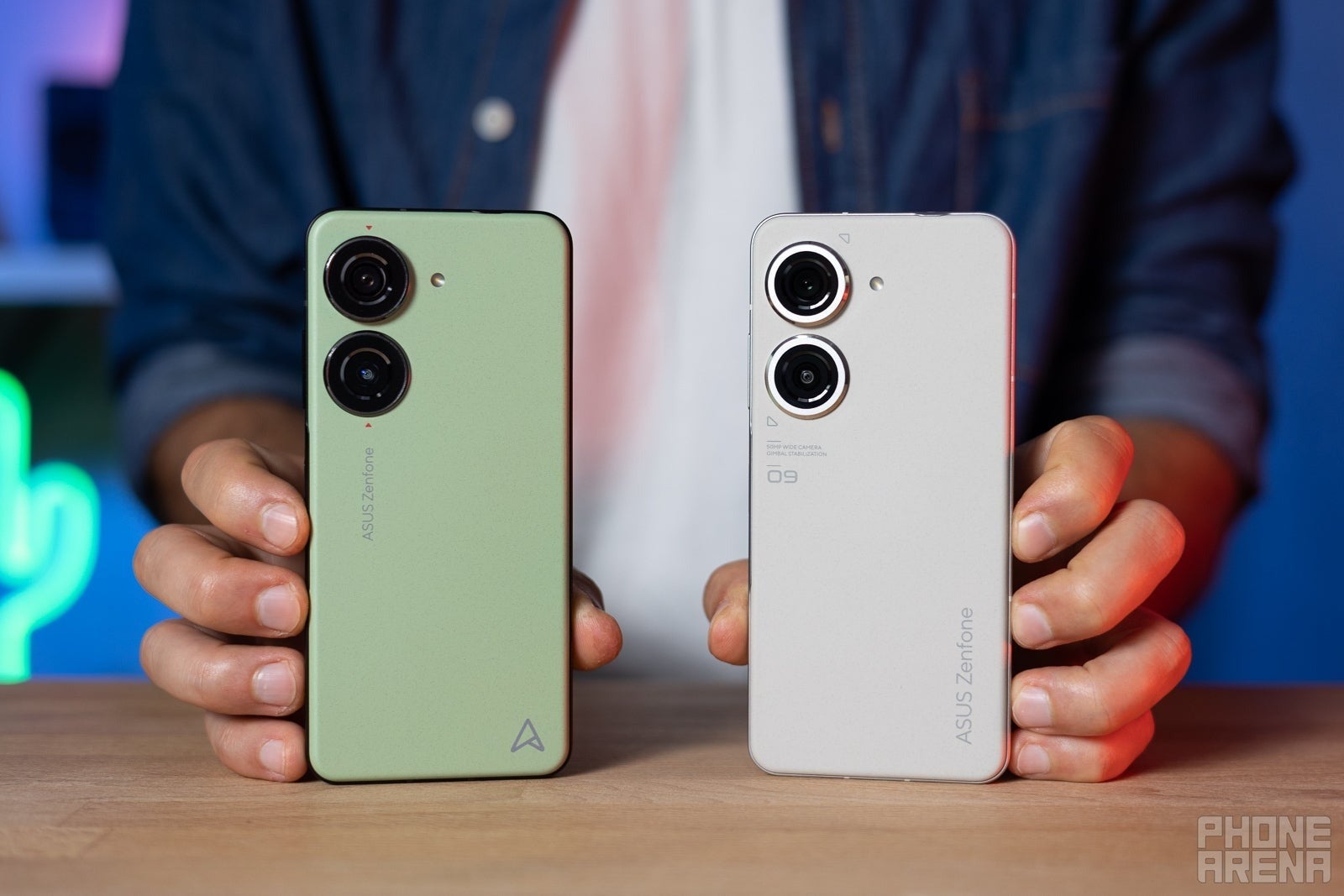

ZenFone 10 and ZenFone 9
Unfortunately, it seems they weren’t selling well enough, even if they were so unique and basically the first thing that comes to mind when someone asks me to recommend “a smaller phone”.
The ZenFone 11 Ultra pulled a wild U-turn and came out with a massive 6.78-inch screen. In fact, it’s got similar shape, size, and design accents as the ROG Phone 8 — the only thing it lacks are gaming triggers on the side frame. Same processor, a 144 Hz screen, the same camera specs — the ZenFone 11 Ultra is just a ROG Phone Lite at this point, and if you are wondering “Why does it exist?”, so am I really.
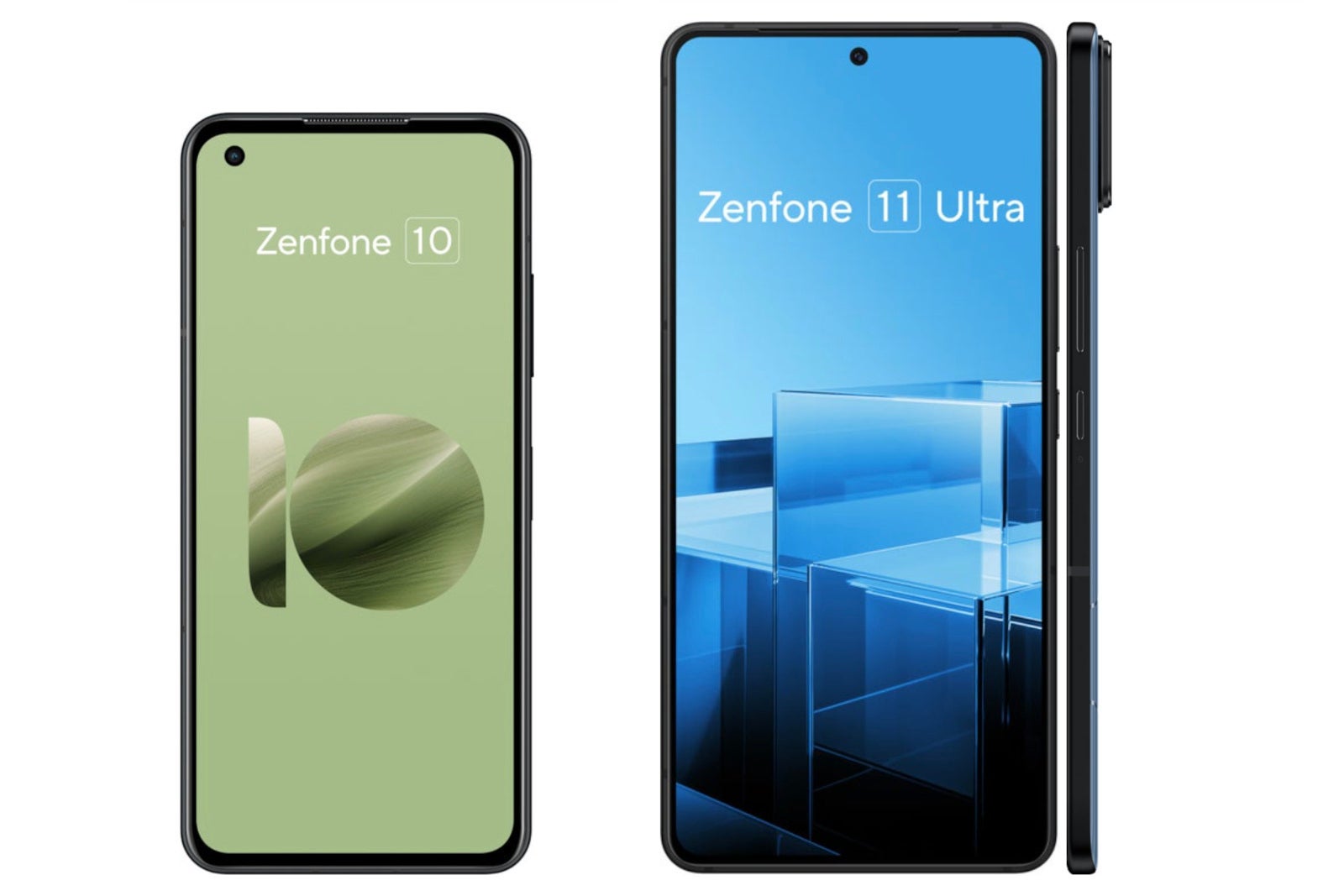

ZenFone 10 vs ZenFone 11 size comparison. That’s a growth spurt!
So, in one year, Asus managed to shock two different groups of fans — the ROG enthusiasts who love the size of a ROG Phone that feels more like a handheld console than a phone, and the ZenFone fans, who were holding dearly to what looks like the last “compact flagship” phone out there.
All to produce two versions of the same phone, designed to conform to the market. And, again — still expensive, now less unique.
It’s all a shame, really. In 2024, smartphone differences are boiling down to… what material was the phone made of? Matte or glossy finish? And the pre-baked software they come with.
Final word
I am not standing on a soapbox here, claiming that Sony and Asus are doing the wrong thing — if they are looking for ways to gain more eyes on their products — hey, I hope they get them. The Xperia sheds some of its super-premium spec, but still managed to retain some of its signature flare. But, I do feel like the ROG Phone / ZenFone combo was a bit of a misfire — the move was abrupt, and in the opposite direction of what both brands stand for.Now, of course, foldables also pop to mind. We are seeing the same homogenization in the foldable smartphone space as well, currently. Samsung wanted the external screen of the Z Fold series to be super narrow and tall — the “one hand use screen” — but more and more manufacturers are making foldables thin and wide. Feeling like regular-sized smartphones, with the added benefit of a big screen inside. And, rumor has it, that the Galaxy Z Fold 6 may… fold under that pressure, and look slightly more like a Pixel Fold. We’ll see, though.
👇Follow more 👇
👉 bdphone.com
👉 ultraactivation.com
👉 trainingreferral.com
👉 shaplafood.com
👉 bangladeshi.help
👉 www.forexdhaka.com
👉 uncommunication.com
👉 ultra-sim.com
👉 forexdhaka.com
👉 ultrafxfund.com
👉 ultractivation.com
👉 bdphoneonline.com